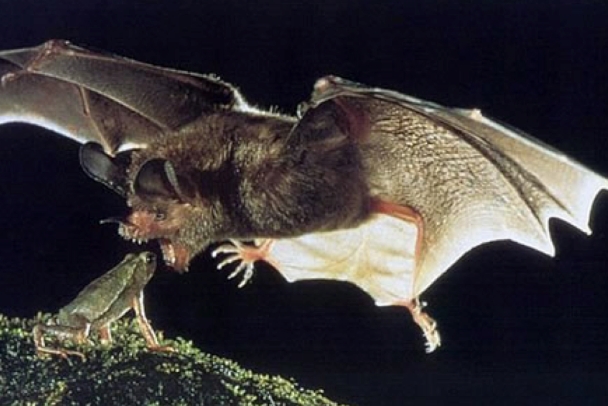Bats are known for being mysterious and often misunderstood creatures. One of the things that make them so intriguing is their diet. Contrary to popular belief, bats do not exclusively feed on blood. In fact, there are over 1,300 species of bats, each with their own unique diet.
Insects
The majority of bat species are insectivores, meaning they primarily feed on insects. These flying mammals have a voracious appetite for pests such as mosquitoes, moths, beetles, and flies. Some bats can consume up to 1,000 insects in just one hour!
Fruit
Another common food source for bats is fruit. Known as frugivores, these bats play a crucial role in pollination and seed dispersal. By feeding on fruit and then spreading the seeds through their droppings, bats help to regenerate forests and maintain biodiversity.
Nectar
Some bats are nectarivores, feeding on sweet nectar from flowers. These bats have long tongues and specialized digestive systems that allow them to extract nectar from flowers. In return, they help to pollinate plants and ensure their survival.
Fish and small animals
There are even some bat species that feed on fish and small animals. The fishing bat, for example, uses echolocation to locate fish near the surface of the water and then swoops down to catch them with its claws.
Blood
While vampire bats do exist, they make up only three of the 1,300 bat species. These bats feed on the blood of other animals, typically livestock such as cattle or birds. They use their razor-sharp teeth to make a small incision and then lap up the blood with their tongue.
In conclusion, bats have a diverse diet that varies depending on the species. From insects to fruit to nectar, these mysterious creatures play a vital role in ecosystems around the world. So the next time you see a bat flying overhead, remember that they are not just creatures of the night – they are essential to the balance of nature.

